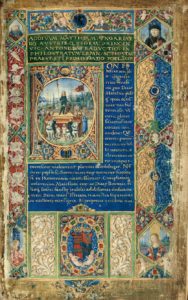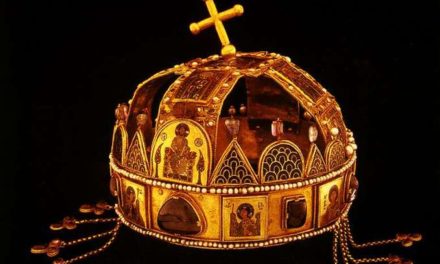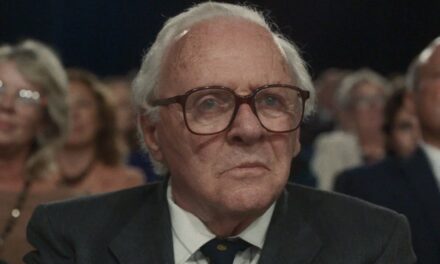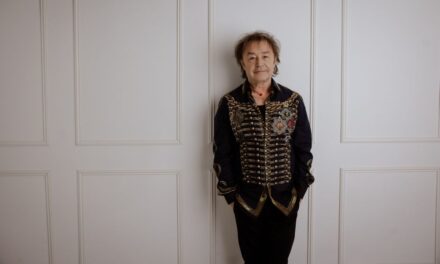On June 1, 1485, the city of Vienna was occupied by the III. King Matthias Hunyadi of Hungary, warring against Emperor Frederick. Ferenc Kölcsey wrote the foreign policy success of historical importance from the Hungarian point of view into the third stanza of the National Anthem, so it should be familiar to all Hungarians, how "Mátyás's boisterous army moaned / Vienna's proud castle".
According to the writings, after the death of László III. The German-Roman Emperor Frederick was determined to obtain the Hungarian throne, and as László's guardian and in possession of the Holy Crown, he had a great chance to do so. That is why it was still badly affected when Mátyás Hunyadi became the head of the Kingdom of Hungary in 1458.
In 1463, the two monarchs made peace in Bécsújhely , according to which Frigyes and his descendants would have inherited the Hungarian throne if Mátyás had no children. In return, the Hungarian ruler recovered the Holy Crown from Frigyes for 80,000 gold forints , with which he was officially crowned king in Székesfehérvár in 1464, thus legitimizing his rule. Despite the big compromises, the conflict between the two remained constant.
Mátyás finally declared war on the emperor in 1477, because he took in the Archbishop of Esztergom, János Beckensloer, who fled with his treasury. During the Blitzkrieg, the Black Army occupied Lower Austria and besieged Vienna, but the push did not last long, thanks to the intervention of the Pope, who successfully mediated for peace, so the two monarchs came to terms with each other again.
The cease-fire that lasted for a couple of years did not prove to last, the settlement of the issue of the Czech royal title and the ambitions of King Matthias led to a renewed war between the two princes. In 1482, the Hungarian king sent an open declaration of war to the German-Roman emperor. The Second Austrian War began. At that time, the king was already trying to completely occupy the neighboring provinces. By 1484, he managed to completely surround the Austrian center, and on January 29, 1485, he besieged Vienna.

Matthias' entry into Vienna is also recorded in the Philostratus codex (source: Wikipedia)
The citizens of Vienna demanded that the gates be opened, which happened on June 1, 1485. King Matthias solemnly entered the capital of the Habsburg Empire, whose councilors swore an oath of loyalty to their new ruler, who assumed the title of Duke of Austria.
He set up his court in the imperial city, but Buda remained the capital of the Kingdom of Hungary. The king had no intention of using violence in the city, as he saw it as a stepping stone to imperial rule. He granted him several years of tax exemption, left the original administrative order, and appointed only one of his people to the city council, chief captain István Szapolyai.
The Austrian capital belonged to the Kingdom of Hungary for five years. Mátyás' goal was to build a multi-colored, multi-polar empire, lasting control over the Austrian hereditary provinces, and therefore he proved to be a just and tolerant ruler.
more about all of this here .
Image: Representation of Vienna at the end of the 15th century (Source: Wikipedia)













